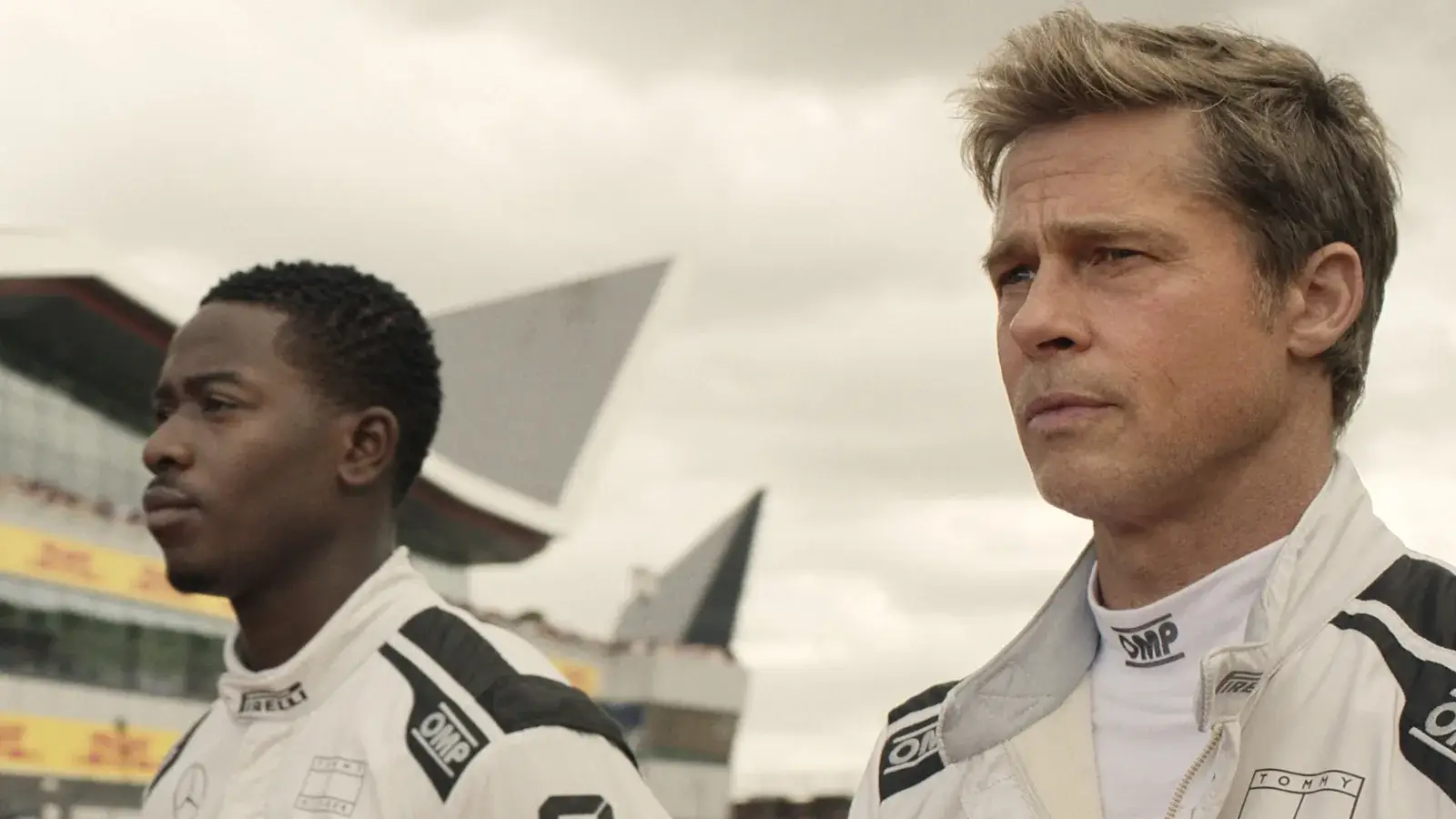


The workspace has undergone a significant transformation in recent years, with the evolution of office fitouts playing a pivotal role in shaping how professionals interact with their work environment. Modern businesses are recognising the impact that a well-designed office can have on productivity, employee satisfaction, and overall company culture. As such, the concept of workplace optimization has garnered considerable attention among forward-thinking organisations.
An office fitout refers to the process of making the interior of an office suitable for occupation. It's not merely about aesthetics; it is about creating a functional space that supports the needs and activities of its users. This includes the selection of furniture, the layout of workstations, the incorporation of technology, and the design of communal spaces. More than just a mere refurbishment, an effective office fitout considers the dynamic needs of a workplace, adjusting and adapting to technological advances and changes in work habits.
Throughout history, the design of the workplace has continually evolved. From the rigid rows of desks in early 20th-century offices to the cubicle farms of the 1980s, each era's office design reflected the prevailing attitudes towards work and management. Today, with the rise of digital technology and a greater emphasis on work-life balance, the traditional office layout is undergoing a radical overhaul.
Modern office fitouts place a strong emphasis on flexibility. Organisations now opt for modular furniture and dynamic workspaces that can be easily reconfigured to suit changing team sizes and projects. The idea is to create an adaptive environment that can evolve alongside the company, promoting fluid collaboration and innovation.
One cannot overlook the role of technology in transforming workspaces. Today's office fitouts must account for the seamless integration of technology, with infrastructure that supports various devices and networking resulting in an increasingly paperless and wireless environment.
There's an increasing awareness around employee well-being and the environmental impact of office spaces. Modern fitouts often include features like natural lighting, ergonomic furniture, and green spaces that aim to boost productivity by creating a healthier work environment. Additionally, sustainable materials and energy-efficient designs are becoming the norm as businesses endeavour to reduce their carbon footprint.
With the complexity of modern office fitouts, many organisations are turning to professional design teams to create workspaces that are both beautiful and functional. These experts are adept at navigating the ever-changing landscape of workplace needs and technological advancements.
Modern office design often involves a blurring of boundaries between work, play, and relaxation, acknowledging that a multi-dimensional approach to the work environment can lead to enhanced creativity and productivity. Professional designers create spaces that are not only conducive to focused work but also areas that encourage casual interaction and mental breaks.
A key feature of modern office fitouts is the emphasis on collaborative spaces. Gone are the days of closed-off cubicles and offices; instead, open-plan layouts with communal tables, break-out zones, and even game rooms encourage spontaneity and teamwork.
Another trend is the move towards personalisation within the workspace. Employees are given the freedom to adjust their surroundings to some extent, which can lead to increased comfort and identification with the workplace.
While the evolution of office design brings with it many benefits, it also presents challenges. For instance, privacy and noise can become issues in open-plan offices, requiring innovative acoustic solutions and private pods for focused work.
Perhaps the most significant challenge is managing change itself. Employees and management alike must adapt to the new dynamics that come with an upgraded work environment. This necessitates a degree of change management to ensure that everyone is on board and understands how best to utilise the new space.
As businesses look to the future, the office fitout will continue to evolve. The continued rise of remote working might result in smaller, more flexible workspaces designed to cater to workers who come into the office on a less regular basis.
The office fitout is far more than a simple renovation; it is a strategic investment in a company's future. The evolution of office design reflects the changing landscape of work itself – an environment no longer bound by rigid structures or traditional notions of office life. A well-conceived office fitout can create a space that not only meets the practical requirements of the day-to-day but also fosters a culture of innovation, well-being, and adaptability. As we look towards the future of work, the value of an optimised, strategically designed office space has never been clearer.
In summary, the office fitout evolution is an ongoing process that mirrors our aspirations for a more effective, engaging, and ultimately human-centric approach to work. For those seeking to revolutionise their work environment, the next step is collaborating with experienced professionals who understand the intricate balance of design, functionality, and corporate identity. It is through this harmonious blend that the workplaces of tomorrow will continue to thrive and inspire.